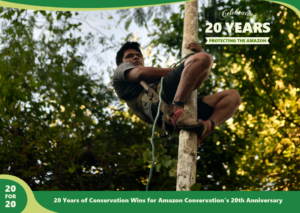 Due to a misstep coming down the tree with a heavy branch of açaí in hand, Omar Espinoza, an açaí harvester, fell from a height of about 40 feet head first. He was gathering fruits to support his family and like many açaí harvesters, was climbing 10-15 açaí trees a day with heights reaching up to 65 feet to bring down bundles of açaí weighing dozens of pounds.
Due to a misstep coming down the tree with a heavy branch of açaí in hand, Omar Espinoza, an açaí harvester, fell from a height of about 40 feet head first. He was gathering fruits to support his family and like many açaí harvesters, was climbing 10-15 açaí trees a day with heights reaching up to 65 feet to bring down bundles of açaí weighing dozens of pounds.
Thanks to one of the features in our newly developed safety harnesses distributed earlier in the year, Omar’s misstep was not fatal and due to the harness’s aptly named “life line”, he was stopped from hitting the ground. Instead Omar just dangled from the harness, his head a few feet above the forest floor. Using the harness he had before this project would have meant a certain fall. Had it not been for this new equipment, he would have faced severe and debilitating injuries or possibly, death.
These harnesses are a practical conservation tool because they promote (and improve the safety of) forest-friendly livelihoods such as the sustainable gathering of brazil nuts and acai berries. These activities are safer, more profitable, and encourage conservation of standing forests compared to activities such as gold mining, logging, or agriculture, which results in forest habitats being cleared.
For many years now, we have been working with açaí and Brazil nut harvesters who depend on the Santa Rosa de Abuná conservation area and have helped improve how harvesters locate, gather, and process the forest goods they sustainably harvest. This is a key conservation and community development strategy for providing local people with the incentive to keep forests standing, as many of the globally in-demand fruits and nuts they harvest can only grow in healthy forests – not in large-scale plantations. With this strategy in mind, we help families improve their income by growing their local economies through instituting ecologically sustainable activities that protect the forests they call home.
This story is part of a series commemorating our 20th anniversary protecting the Amazon. We’re celebrating this milestone with a look back at our 20 biggest conservation wins over the past 20 years. Click here to help create more life saving tools that help local harvesters in the Amazon.

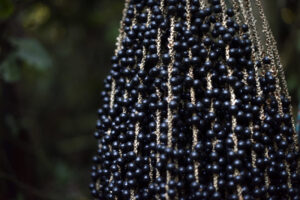
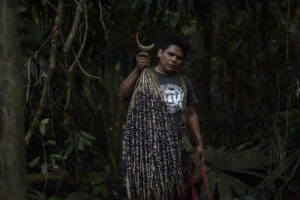
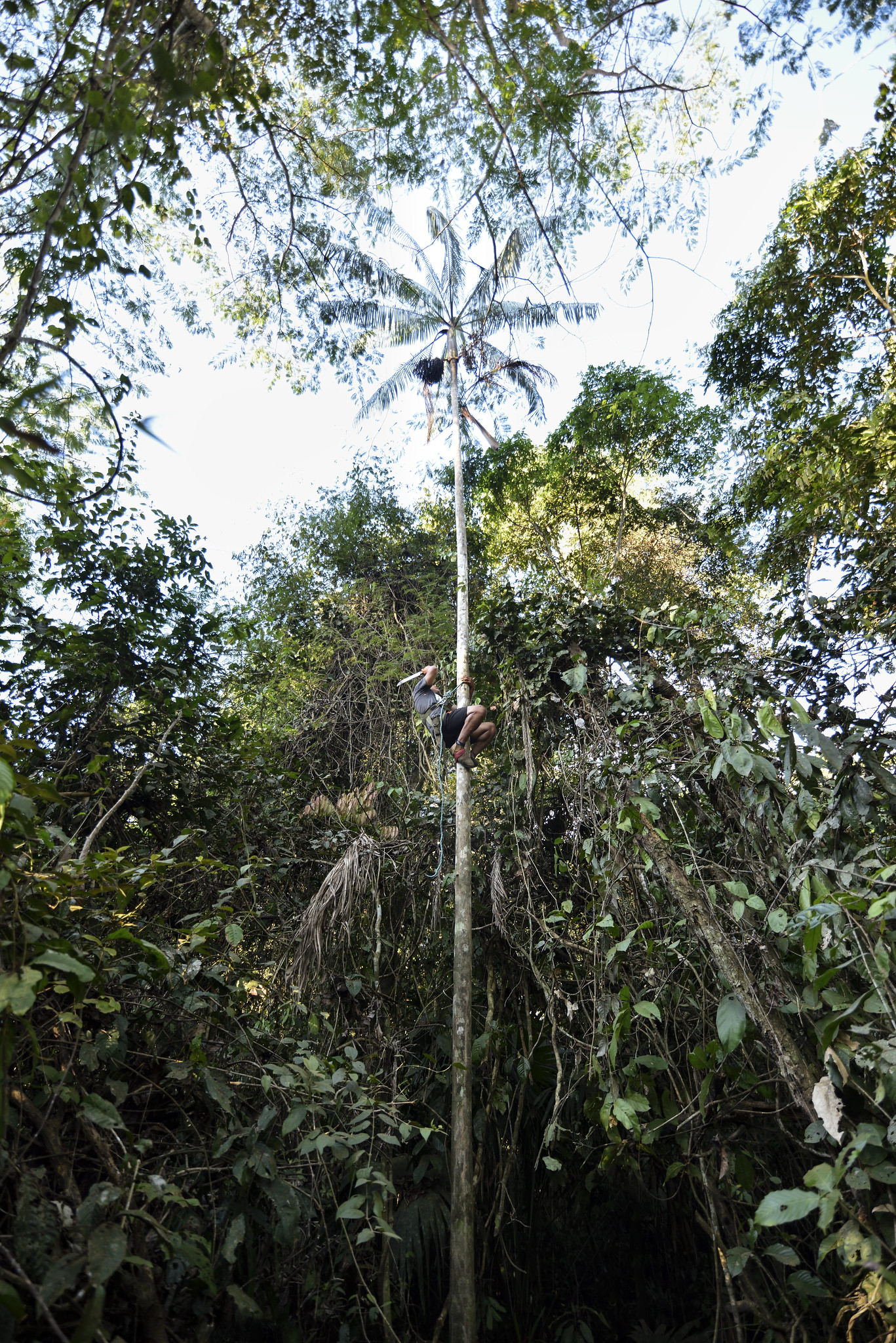
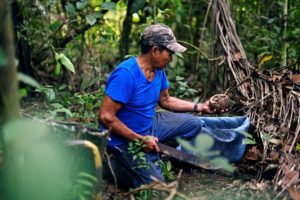
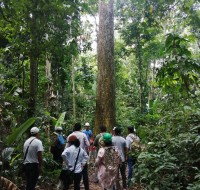 Amazon Conservation’s sister organization Conservación Amazónica – ACCA, with support from Google.org, just finished up a two-year initiative that trained community members to use cutting-edge satellite and field technologies to combat deforestation in the southern Peruvian Amazon, now protecting over 150,000 acres of lowland forests.
Amazon Conservation’s sister organization Conservación Amazónica – ACCA, with support from Google.org, just finished up a two-year initiative that trained community members to use cutting-edge satellite and field technologies to combat deforestation in the southern Peruvian Amazon, now protecting over 150,000 acres of lowland forests.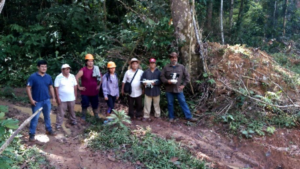 Before this program, concessionaires and their communities lacked capacity to monitor these large, remote areas and a way to rapidly and safely report deforestation in their territories. Our innovative methodology of combining real-time satellite imagery analysis and drone field technology (which includes smartapps and other technologies developed by Google) with legal training, gave concessionaires the ability to detect and report deforestation as it happened in their territory. This is a stark contrast from before, when the only way to monitor thousands of acres of forests was through foot patrols that took days to complete.
Before this program, concessionaires and their communities lacked capacity to monitor these large, remote areas and a way to rapidly and safely report deforestation in their territories. Our innovative methodology of combining real-time satellite imagery analysis and drone field technology (which includes smartapps and other technologies developed by Google) with legal training, gave concessionaires the ability to detect and report deforestation as it happened in their territory. This is a stark contrast from before, when the only way to monitor thousands of acres of forests was through foot patrols that took days to complete. 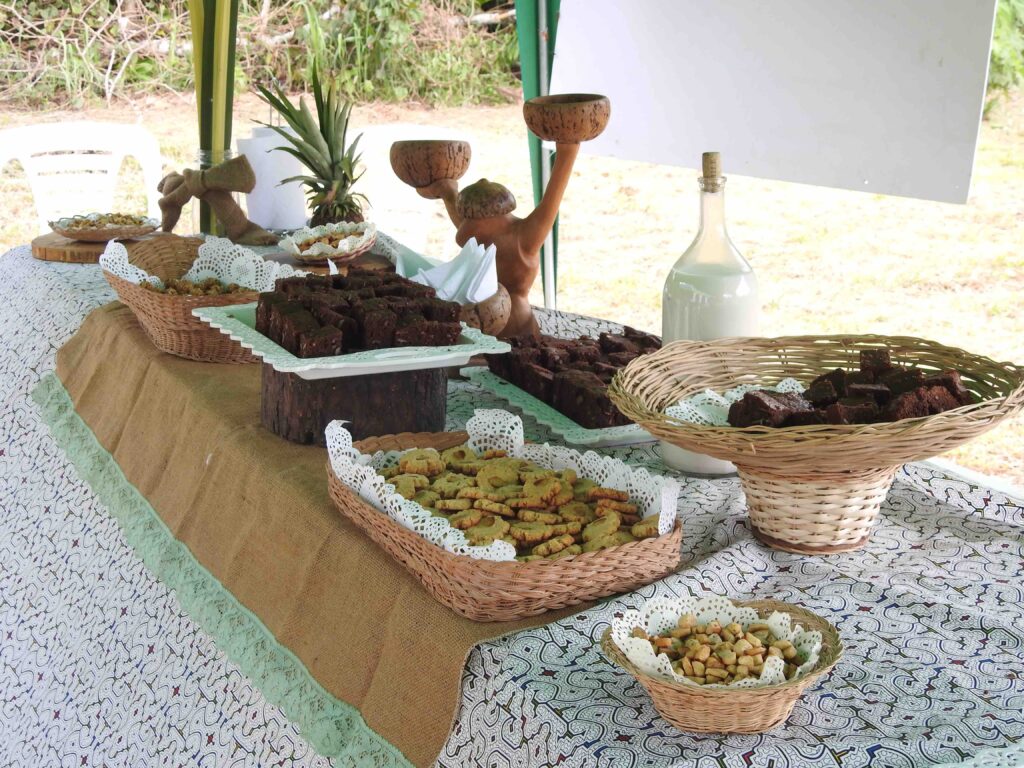 Through this program, over 153,000 acres (62,000 hectares) of forests are now monitored and protected with technology by the local people we empowered. Moreover, technological kits were donated to each individual or local association, each containing a drone, a maintenance kit, a laptop and a printer, giving them the knowledge and tools needed to safeguard forests..
Through this program, over 153,000 acres (62,000 hectares) of forests are now monitored and protected with technology by the local people we empowered. Moreover, technological kits were donated to each individual or local association, each containing a drone, a maintenance kit, a laptop and a printer, giving them the knowledge and tools needed to safeguard forests..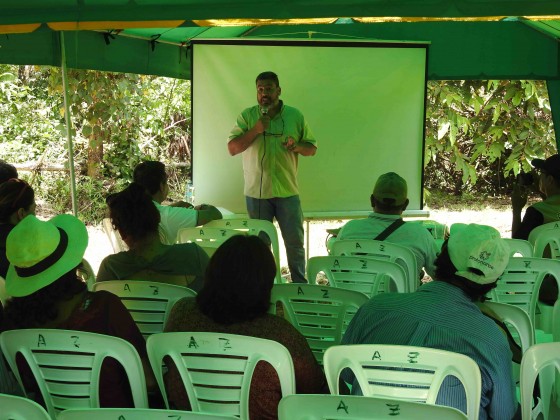 The project, led by our director of our Southwest Amazon Drone Center, Carlos Castañeda, will continue to provide technical support to maintain the donated drones and training to reinforce what they learned, as well as be available to answer any questions that may arise during monitoring and surveillance of their concessions. Thus, the continuity of the project and its sustainability are ensured.
The project, led by our director of our Southwest Amazon Drone Center, Carlos Castañeda, will continue to provide technical support to maintain the donated drones and training to reinforce what they learned, as well as be available to answer any questions that may arise during monitoring and surveillance of their concessions. Thus, the continuity of the project and its sustainability are ensured.